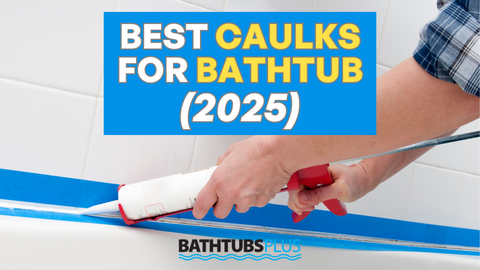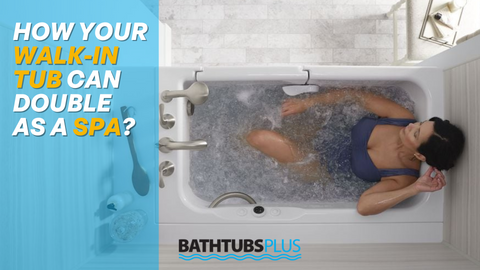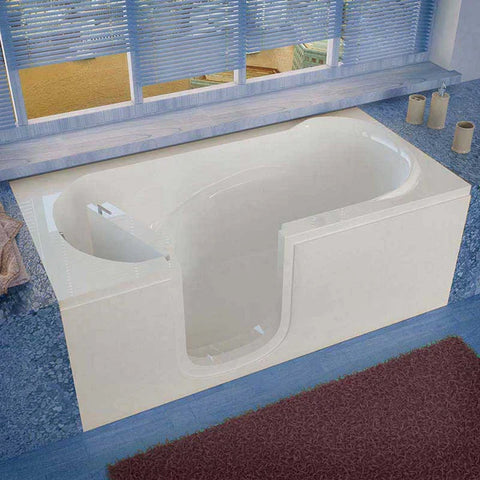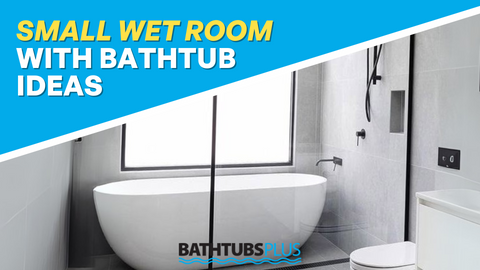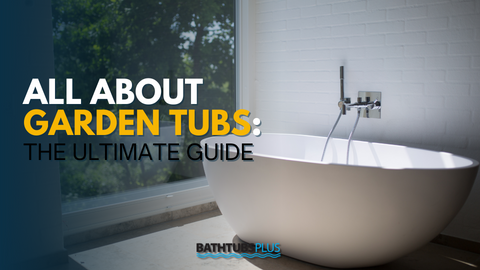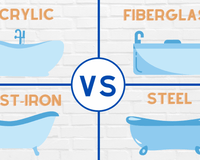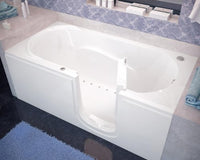What is a bathtub waste and overflow assembly/kit?
This is a kit that contains the bathtub drain setup along with the overflow drain pipe and the waste pipe.
*Click here to see some of out waste and overflow kits.
Why is tub waste and overflow important?
The regular tub waste is the drain at the bottom of the tub that you open to let the water out. The standard overflow is a hole higher up on the tub's wall, connected to the same pipes as the bottom drain.
They are important because they keep the tub's water from spilling over, and the bathroom floor and the area around the tub safe from water damage. The overflow hole stops the tub from filling up too much by letting some water out before it reaches the top. Both the bottom drain and the overflow use the same pipes to get rid of the water.
Selecting the appropriate bathtub drain kit holds significance for both practicality and the appearance of your bathroom.
Some important terms related to the components of your waste and overflow assembly kit:
- Overflow Drain: This is a hole on the side of the tub, a bit below the top edge. It lets extra water flow into a pipe so the tub doesn't flood.
- Waste Drain: This hole lets water out from the bottom of the tub.
- Overflow Drain Pipe: A pipe that stands up and carries water from the overflow drain to the main pipe. You can't see this pipe because it's inside the wall.
- Overflow Cover: A plate that hides the overflow drain on the side of the tub, a little below the top edge.
- Waste Pipe: This short pipe helps water escape from the bottom of the tub. It's like a tube that goes down under the tub.
- Drain Stopper/ Tub Plug: This thing can block water from leaving the tub, or allow it to flow into the pipes.
- Actuator: It's like a metal switch inside the drain pipe. It makes the drain stopper open or close.
Factors to Consider when Choosing Your Tub's Waste and Overflow Assembly:
- Pipe Material
- Style and Finish of the Tubs’ Fixture
- Type of Actuator
- Type of Drain Plug
Pipe Material
Common materials that are used for the tub waste pipe are brass, PVC, and ABS available. These materials come with varying degrees of durability and installation convenience. Depending on your tub's design and plumbing setup, you might need to make adjustments or cuts to ensure a proper fit for a specific assembly.
There are two distinct connection methods applicable to these materials, and it's crucial to select materials that align with compatible connections. Specifically, all three materials (brass, PVC, ABS) can be connected using slip fittings.
However, it's important to note that brass pipes cannot be joined using glue solvents—this method is exclusive to PVC or ABS. Opt for a material that is user-friendly and harmonizes with your tub's design and the existing plumbing in your bathroom.
Style and Finish of the Tub’s Fixture
Make sure the assembly's style and finish match how your bathroom looks. You can pick from different options – like modern and contemporary designs or more vintage, traditional ones.
Choose as well a color that goes well with your tub's fixtures. Some common finishes for waste and overflow are brushed nickel and polished chrome.
Type of Actuator
Cable-driven actuators: Commonly used because they're durable and easy to use. These actuators work by using a cable to open and close the drain, which is usually located behind the bathtub. You control the water flow by moving a lever or knob on the bathtub's overflow plate. Installing this type of setup is simple because the cable is already there.
Trip lever and plunger: Popular for their classic look. With trip lever systems, you use a lever above the overflow plate to operate a plunger that stops water from draining. Rods are attached to the plunger to make it move. These setups are a bit more complicated to install because the rods must be the right length and aligned properly before you can secure everything.
Trip lever and rod: Uses rods instead of cables to control the drain. These rods connect to a lever above the overflow plate. When you pull the rods back, the water can drain from the bathtub. The rods are designed with bends to fit correctly and ensure everything works as it should.
Types of Bathtub Drain Stopper
What is a Drain Stopper?
Again, bathtub drain stoppers are used to retain water in the bathtub when needed and enable drainage when desired.
Different types of bathtub drain stoppers:
- Lift-and-Turn Drain Stopper: Attach this stopper to the crossbar strainer in the drain. Turn it to close and twist the knob in the opposite direction to open. You can control water flow by adjusting its position.
- Toe-Touch Drain: Screw it in place within the drain. Pushing down seals it with a rubber gasket. Press the opposite side to open. Look for clear markings.
- Flip-It Drain Stopper: This stopper is easy to use and install. Just push its base into the drain and it's held in place by built-in O-rings. To seal or release the drain, flip the lever on top.
- Pop-Up Drain: Similar to sink drains, it's controlled by a cable or rod system connected to an actuator in the overflow hole. Turn the actuator to close and reopen it to open the drain.
- Push and Pull Drain Stopper: Screw it onto the inset-drain strainer and push to seal. Pulling the knob opens the drain. A rubber stopper ensures a good seal.
- Trip-Lever Drain Stopper: Operated by a lever mounted on the overflow. Up position closes the strainer-style drain, but it's not as visibly clear as other types.
Can You Replace The Overflow Drain Yourself?
Yes. If your overflow drain is damaged or you wish to switch to a different design or finish, it's possible to replace it. However, make certain that the new overflow drain has the appropriate size for your bathtub, as an improper fit could lead to leaks or potential harm to your bathroom.
Take note: replacing an overflow drain needs some right tools and plumbing knowledge. If you'll be doing it on your own, follow the manufacturer's guidelines for your drain model and make sure you're using the correct tools. If you're not confident with plumbing, it's better to hire a professional plumber.







